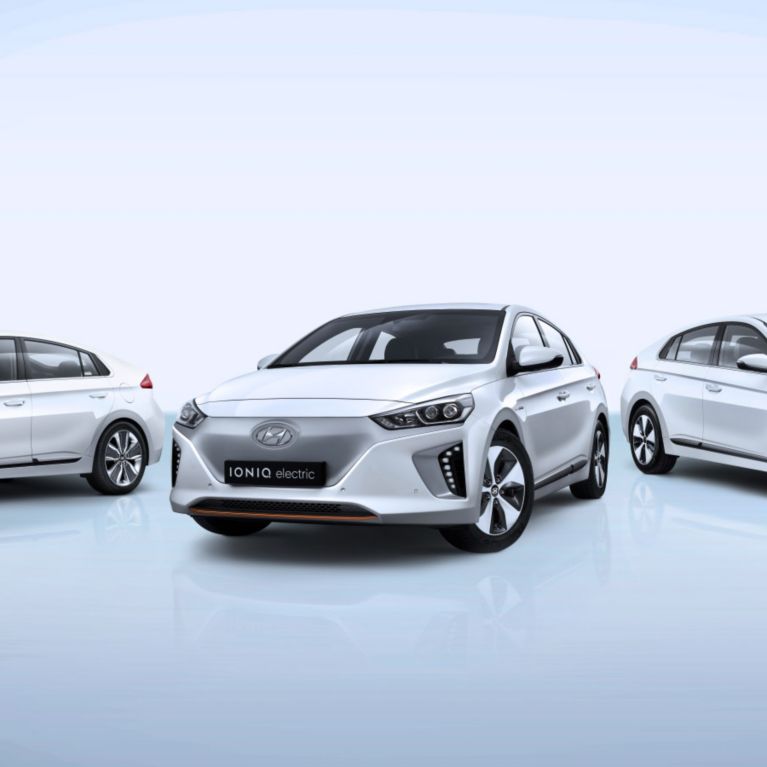Research has shown that electric cars are cheaper to own and run than petrol-fuelled cars in countries like the UK, US and Japan. These lower costs are a key factor driving surging electric car sales.
The recent study, conducted by James Tate with Kate Palmer and colleagues at the University of Leeds and published in the journal Applied Energy, showed that pure electric cars have much lower fuel costs compared to their petrol or diesel counterparts.
Meanwhile, maintenance costs are kept lower as the engines are simpler and help brake the car, which saves drivers from an over-reliance on brake pads.
Meanwhile, maintenance costs are kept lower as the engines are simpler and help brake the car, which saves drivers from an over-reliance on brake pads.
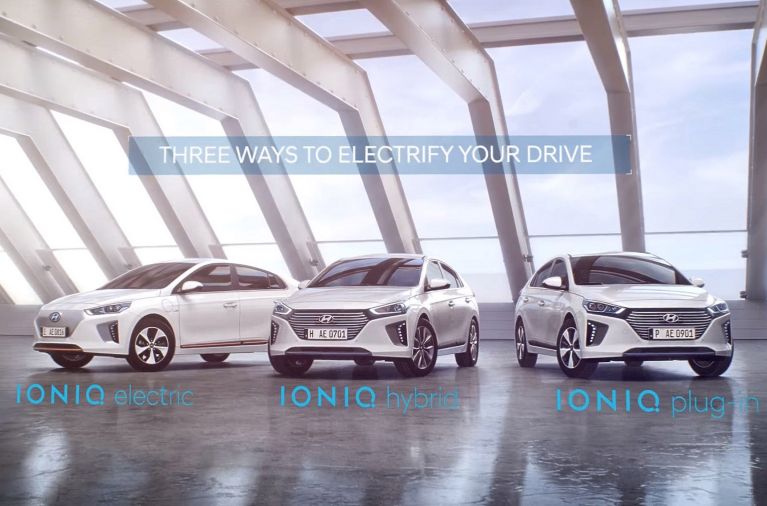
In 2016, Hyundai Motor introduced the IONIQ, the world’s first car with three electrified powertrains. Earlier this year, the automaker unveiled the All-New NEXO fuel cell electric vehicle and the Kona Electric. As part of its commitment to clean mobility, the manufacturer will launch 18 new eco-friendly cars by 2025.
There are four main types of electric cars:
So how do electric cars work, and what are the main differences between them?
There are four main types of electric cars:
- Hybrids
- Plug-in hybrids
- Electric vehicles
- Fuel cell electric vehicles
So how do electric cars work, and what are the main differences between them?
1. Hybrids
Hybrids are vehicles that combine a petrol-fuelled internal combustion engine and a battery-powered electric motor to power a can that can perform, while being both affordable and sustainable.
The Hyundai IONIQ Hybrid is designed to be compact and highly efficient. Its chassis combines 53% Advanced High Strength Steel which combines cleverly with lightweight aluminium hood, tailgate and suspension components, saving 45%, or 12.6kg, of weight.
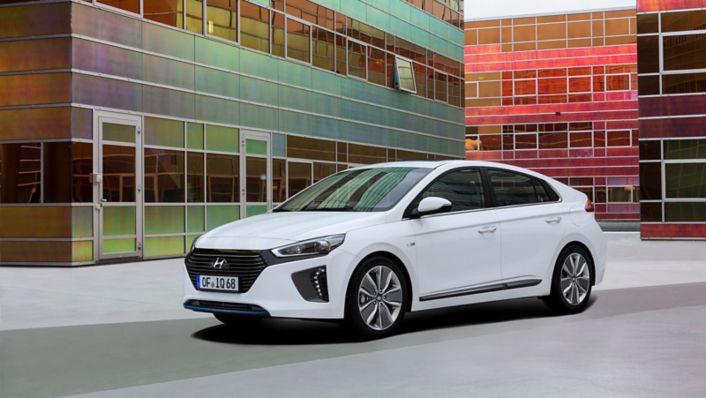
The IONIQ Hybrid’s lithium-ion polymer battery is located underneath the rear seats to maximise the usability of the cabin and cargo areas. This allows it to offer class-leading fuel efficiency and low CO2 emissions.
Meanwhile, the IONIQ Hybrid’s 1.6-litre Kappa GDi engine combines with a permanent magnetic electric motor to deliver maximum outputs of 105 PS and 43.5 PS respectively. This enables vehicle to operate in pure electric mode at speeds up to 120 km/h.
Plug-in hybrids also combine a petrol-fuelled internal combustion engine with a battery-powered electric motor. However, these vehicles are charged when plugged into a special power station. Although they have a limited range when operated in electric mode, the can be switched to traditional fuel power when the electric motor is unable to provide power.
Meanwhile, the IONIQ Hybrid’s 1.6-litre Kappa GDi engine combines with a permanent magnetic electric motor to deliver maximum outputs of 105 PS and 43.5 PS respectively. This enables vehicle to operate in pure electric mode at speeds up to 120 km/h.
2. Plug-in hybrids
Plug-in hybrids also combine a petrol-fuelled internal combustion engine with a battery-powered electric motor. However, these vehicles are charged when plugged into a special power station. Although they have a limited range when operated in electric mode, the can be switched to traditional fuel power when the electric motor is unable to provide power.
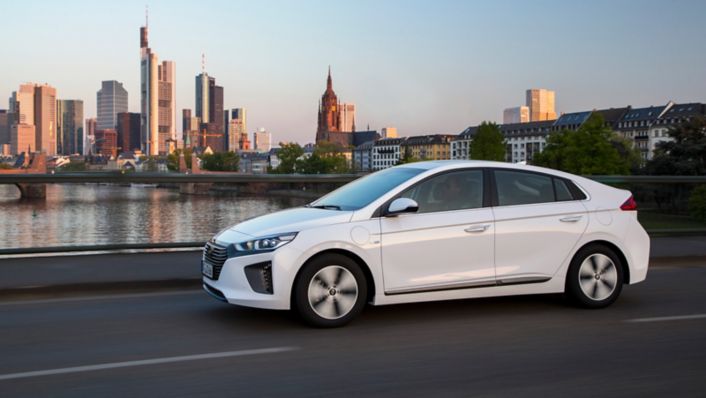
The Hyundai IONIQ Plug-in Hybrid combines a 1.6-litre GDI direct-injection petrol, four-cylinder engine with a 45 kW (61 PS) electric motor that is powered by a 8.9 kWh lithium-ion polymer battery. This enables an electric driving range of up to 63 km while reducing CO2 emissions and fuel consumption.
Electric vehicles are operated entirely with an electric battery and do not have an internal combustion engine. This means they don’t have an alternative fuel source to switch to if they run out of power, which ensures no carbon dioxide is released.
In order to recharge the battery, electric cars must be plugged into an external power source. However, they can also draw power from the braking system, as regenerative braking coverts a vehicle’s kinetic energy into a form that can be stored until needed.
3. Electric vehicles
Electric vehicles are operated entirely with an electric battery and do not have an internal combustion engine. This means they don’t have an alternative fuel source to switch to if they run out of power, which ensures no carbon dioxide is released.
In order to recharge the battery, electric cars must be plugged into an external power source. However, they can also draw power from the braking system, as regenerative braking coverts a vehicle’s kinetic energy into a form that can be stored until needed.
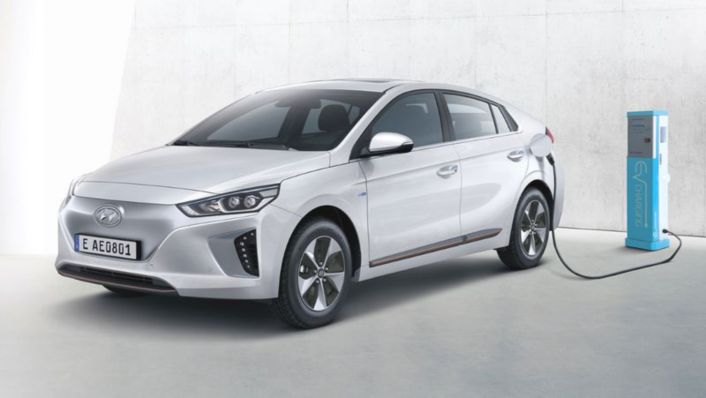
The Hyundai IONIQ Electric can travel a class-best of 280 km on a single charge, providing greater flexibility and peace of mind for customers seeking a zero-emission car with practical driving range. It was recently found to be the cheapest car to own out of all models currently available across European markets.
The All-New Kona Electric recently became Hyundai’s second EV and combines an SUV body type with eco-mobility. It features the option of two different powertrains, including a long-range battery version which provides a driving range of 482 kilometres.
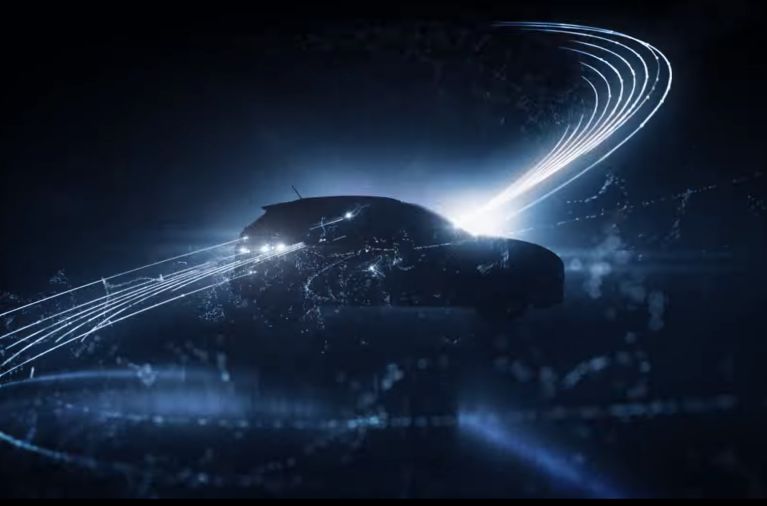
4. Fuel cell electric vehicles
The fourth kind of electric car is fuel cell electric vehicles (FCEVs). FCEVs are powered by an electric motor which is charged-up by combining hydrogen and oxygen to create a chemical reaction.
There are three main components in a fuel cell. The Proton Exchange membrane lets protons pass through but not electrons. The anode and cathode are defined by the flow of current, which allows electrons to flow in and out.
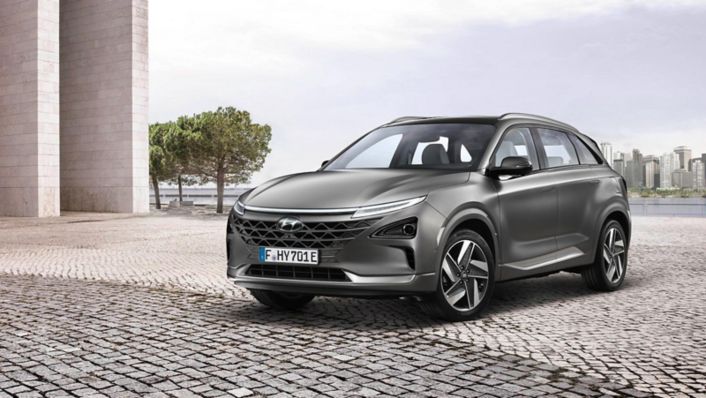
To start the reaction, hydrogen is directed into the anode. In the cathode, the electrons are reunited with the protons and mix with oxygen from the air. This creates heat and water vapour, meaning the only thing FCEVs emit is water. Multiple fuel cell stacks are combined into a stack to produce more energy, and the electricity generated is transmitted to the motor, propelling the vehicle.
Hyundai Motor was the first car manufacturer to mass-produce FCEVs with the ix35 Fuel Cell. Earlier this year, the company unveiled the All-New NEXO, which combines the practicality of an SUV with clean, advanced fuel cell know-how.
Hyundai Motor was the first car manufacturer to mass-produce FCEVs with the ix35 Fuel Cell. Earlier this year, the company unveiled the All-New NEXO, which combines the practicality of an SUV with clean, advanced fuel cell know-how.
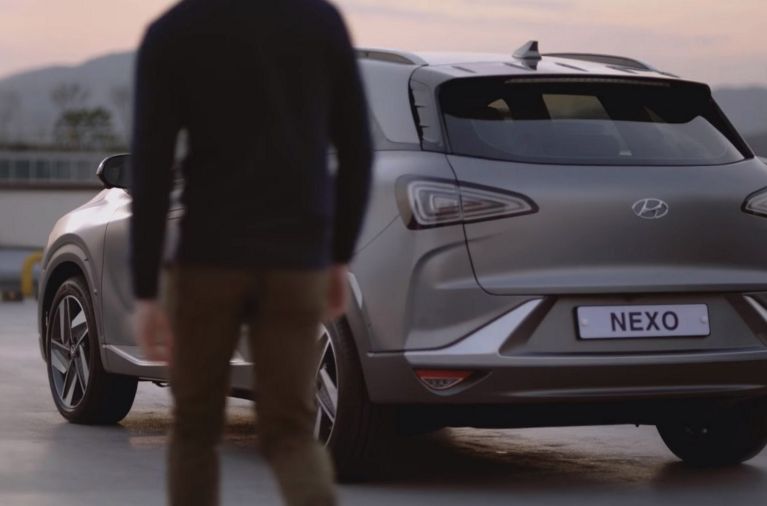
The All-New NEXO offers the most advanced technology on the market and boasts autonomous driving capabilities. With an estimated 800 km (under current NEDC testing), it has the best range within the fuel cell and EV car segment. This is comparable to an internal combustion engine and allows drivers to travel long distances.

